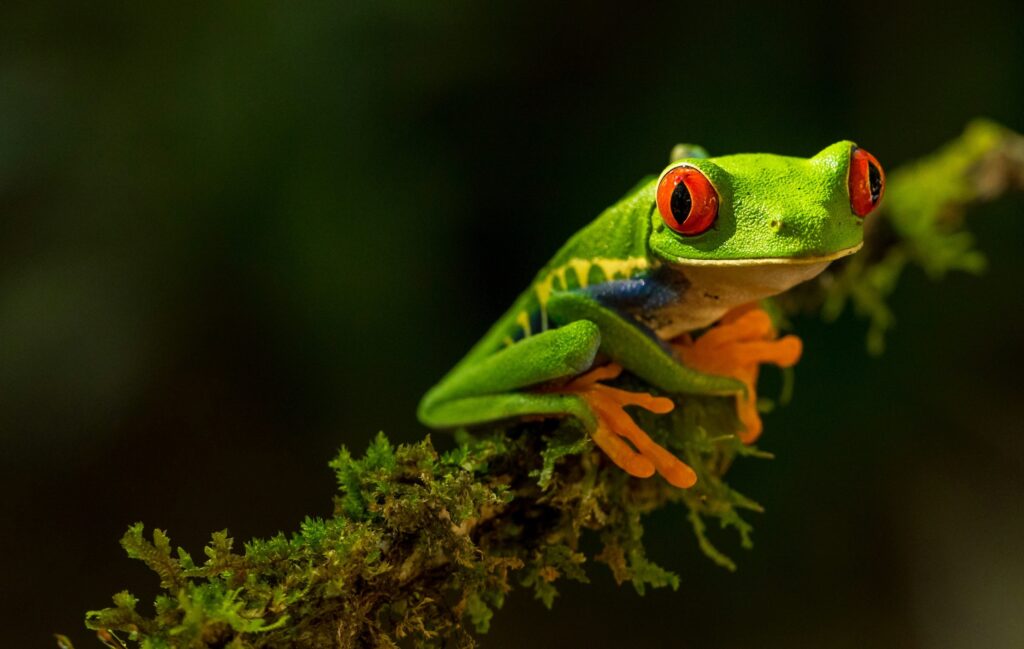In the dense tropical rainforests of Central America, an eerie silence has replaced what once was a loud croaking of frogs. A deadly fungal disease called chytridiomycosis, caused by Batrachochytrium dendrobatidis (Bd), a skin-invading chytrid fungus, has been responsible for the extinction of over 90 species of amphibians. Over 400 other amphibian species are experiencing severe population decline. This has been the largest loss ever recorded from a single disease.
Bd, an aquatic fungus, infects the keratinized skin cells of amphibians. Its zoospores are motile, allowing them to move easily through water to find a host. Amphibian skin plays a critical role in respiration and water balance, so once disrupted, it can result in cardiac arrest and death. Research published in Science highlights that the skin is especially sensitive during the metamorphosis stage, causing metabolic dysregulation when tadpoles are exposed to Bd.
Discovered in the late 1980s, Bd is believed to have originated in Asia and spread globally through human activities such as international pet trade. The scale of devastation has been especially pronounced in the rainforests of Central America and Australia affecting frogs, toads, newts, and salamanders.
It is incredibly difficult to control this fungus in the wild. Even more troubling is that some amphibians act as carriers, spreading the disease without dying, allowing Bd to persist in ecosystems silently, triggering repeated outbreaks.
This event hints at a broader ecological instability.
Amphibians are bioindicators of environmental health. Their semi-permeable skin, dual aquatic-terrestrial life cycle, and sensitivity to pollution make them the early warning system of ecosystems. Their disappearance affects food chains, influencing insect populations and disturbing all predator-prey interactions.
While fighting chytridiomycosis remains difficult, efforts are being made to preserve species through breeding programs and introducing biosecurity protocols to reduce spread. Large scale research into fungal biology, its impact on amphibian immunity and metabolism is being undertaken to find answers to combat one of the deadliest pathogens. In all these, raising public awareness and encouraging citizen science is how you and I can save these sensitive creatures.
BotThoughts
The Bd fungus shows us that extinction can be fast, and affect the more sensitive species among us. It is overwhelming that one microbe, invisible to the naked eye, could silence many. It is time to truly reflect how interconnected all lifeforms are, and therefore our roles in safeguarding our ecosystems.
If this does not urge us to take conservation seriously, what will?




